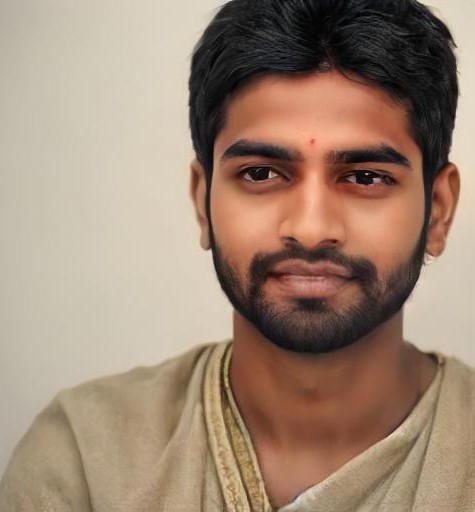Bhavnagar district of Gujarat has a total population of 2,880,365 as per the Census 2011. Out of which 1,490,201 are males while 1,390,164 are females. In 2011 there were a total 538,605 families residing in Bhavnagar district. The Average Sex Ratio of Bhavnagar district is 933.
Bhavnagar Population 2025 by Number of people (Estimated)
Bhavnagar, a prominent city and district in the Indian state of Gujarat, exhibits significant demographic growth and diversity. As of 2025, the estimated population of Bhavnagar city is approximately 1,000,000, with the metropolitan area reaching around 1,020,785 residents. This marks a substantial increase from the 2011 Census.
Bhavnagar Population by Literacy Rate & Sex Ratio
The city boasts a high literacy rate of 84.7%, with male literacy at 90.15% and female literacy at 78.85%, which is above the national average. The district literacy rate stands at approximately 76.84%. The total literacy rate of Bhavnagar district was 75.52% in 2011
The sex ratio of Bhavnagar city is 921. Thus for every 1000 men there are 921 females in Bhavnagar district. Child sex ratio of girls is 844 per 1000 boys
Bhavnagar Population Religion Wise
| Religion | Expected Population in 2025 | Percentage of Total Population |
| Hinduism | 591,717 (approx.) | 59.17% |
| Islam | 85,420 (approx.) | 8.54% |
| Jainism | 18,475 (approx.) | 1.85% |
| Christianity | 17,595 (approx.) | 1.76% |
| Others | 1,154 (approx.) | 0.12% |
- Hinduism: Given that Hindus form the majority of Bhavnagar’s population and considering the growth rate, they will continue to make up a significant portion of the population in 2025. The expected population of Hindus is around 591,717 out of a projected 10,00000 total population, which is roughly 59.17%.
- Islam:Muslims in Bhavnagar make up a substantial portion of the city’s population, and this trend is expected to continue. With an increasing number of Muslim families moving to urban areas, the Muslim population is expected to be around 8.54%, or approximately 85,420 people.
- Jainism:Bhavnagar is home to a sizable Jain community. Jains have historically been influential in Bhavnagar’s economy and cultural life. By 2025, the Jain population may account for about 1.85%, translating to roughly 18,475 people. Jainism’s proportion of the population is expected to remain stable due to migration patterns and community growth.
- Christianity:Christians form a smaller portion of Bhavnagar’s religious composition, but their numbers have grown due to missionary activity and an increasing number of converts. This group will likely make up about 1.76% of the population, with an estimated 17,595 people by 2025.
- Others: A small but growing number of people from other religions and belief systems, such as Sikhs, Buddhists, and people of no religion, are expected to make up around 0.12% of the population by 2025, or about 1,154 individuals.
Bhavnagar Working Population Estimates for 2025
| Category | Estimated Number (Approx.) | Percentage of Total Population |
| Total Working Population | 5.00 million (50 lakh) | 50% |
| Male Working Population | 4.00 million (40 lakh) | ~40% |
| Female Working Population | 1 million (10 lakh) | ~10% |
These estimates are based on current growth patterns, migration trends, and historical data, though actual figures could vary slightly due to factors like changes in birth rates, migration, and conversion patterns. The proportion of each religious group may evolve further depending on social, economic, and cultural influences in the coming years.
Summary Table of Bhavnagar City Population Estimates year wise
| Year | City Population | Metropolitan Population |
| 2011 | 593,368 | 605,882 |
| 2021 | 771,000 | 787,000 |
| 2025 | 1,000,000 | 1,020,785 |
| 2030 | 1,386,000 | 1,414,000 |
| 2031 | 1,479,000 | 1,509,000 |
Bhavnagar continues to develop as a significant urban center in Gujarat, with growing population figures reflecting its expanding economic and social importance in the region
Urban and Rural Distribution
The district of Bhavnagar has a mixed urban-rural population, with approximately 1.18 million people living in urban areas and 1.7 million in rural regions as per the 2011 census. The district comprises 783 villages, reflecting its cultural and demographic diversity.
Bhavnagar’s steady population growth over the years reflects the city’s expanding infrastructure and governance efficiency. The Bhavnagar Municipal Corporation (BMC) plays a key role in managing this urban development. To know more about the leaders who have shaped Bhavnagar’s civic administration, check the BMC Mayor List of Bhavnagar, featuring all past and present mayors with their tenure details.
Language and Culture
Gujarati is the predominant language spoken by over 97% of the population, followed by Hindi and Sindhi. The district and city have a rich cultural heritage, with historical trade links and a vibrant local economy centered around agriculture, salt processing, and shipbuilding

Dhiraj Patel is a seasoned writer for Bhavnagar.city, passionately exploring the city’s culture, history, and lifestyle. With a deep understanding of Bhavnagar’s heritage, he crafts engaging, well-researched content that resonates with locals and visitors alike. Dhiraj’s expertise and firsthand experiences ensure his articles are both informative and trustworthy.

 Hospitals
Hospitals Companies
Companies